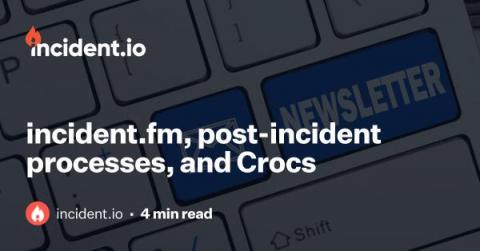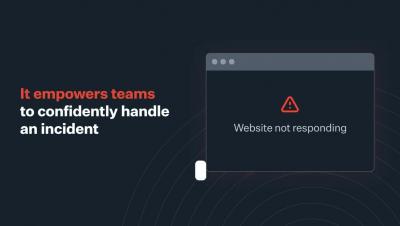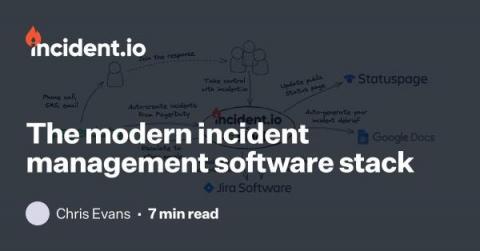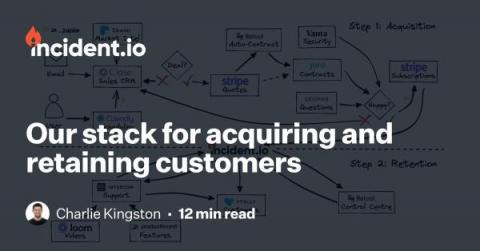incident.fm, post-incident processes, and Crocs
As usual, it’s been all systems go at incident.io this month. New joiners, new features and new swag (yes, you heard right!). But most excitingly, we launched our new podcast this week. We had a blast recording it - we hope you enjoy listening to it just as much. Here’s a round-up of some of this month's highlights…











